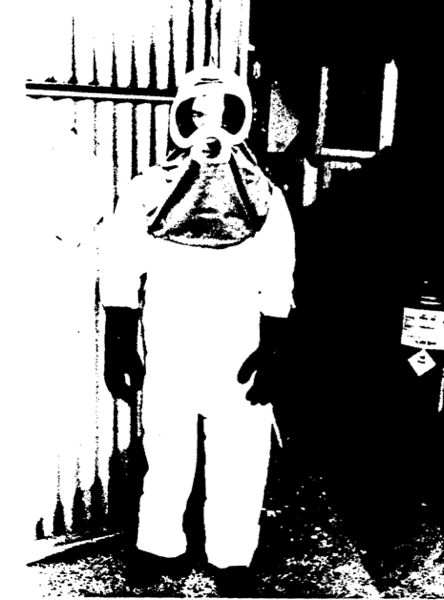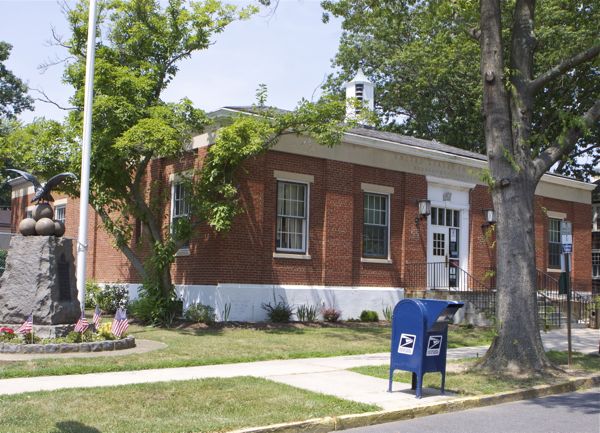Maybe Next Year?
Maybe Not
Time To Bring Back Land use Planning and Regulation

Kingwood Township, NJ – recent open space purchase
[Update below]
Tom Johnson at NJ Spotlight has a story today that basically says the open space funding debate is over, at least for this year, see:
I’ve always had problems with the NJ “open space” program.
My concerns ranged from the technical to the policy to the philosophic.
They were grounded in issues ranging from: 1) the failure of the program to embrace or integrate with any strategic land use plan or vision, 2) to the allocation of resources (within the program and compared to other priority environmental programs), 3) to the ways in which the program undermined regulatory protections and provided political cover for politicians like Christie Whitman – and 4) all the way to philosophical issues about land ownership, to who & what actually creates land value, to questions about who actually benefits from open space and who pays for it, to the closed and private deliberations of the process, to the elite culture of the advocates (Class Warfare!).
And of course, the virtually never discussed huge equity and social justice issues inherent in a program that transferred hundreds of millions of dollars of public money to wealthy private landowners and corporations – a particular timely issue as wealth and income gaps hit historical levels and urban NJ declines and infrastructure and social crises explode.
For some reason, none of those issues could ever be discussed openly. Merely suggesting them could get one banished to the margins.
[Illustrative note: Tom Gilbert, head of KIG Coalition, once admonished one of his colleagues, a friend with whom I was engaged in a pleasant State House conversation with – and this is a direct quote -: “Don’t talk to him – he is the enemy”.]
Regardless of all that, which I realize is the viewpoint of a small minority of folks like me, even honest open space advocates used to support – if in a muted way – state and regional planning and DEP regulations.
Even honest open space advocates acknowledged what some call conservation as a “three legged stool”: acquisition, regulation, and private stewardship.
Well, for some time now, that stool has had only one leg. No wonder its gone wobbly.
So, now that NJ’s historical open space funding approach seems to be unwinding, here’s a thought:
Bring back land use planning and regulation!
[Timely, in light of the fact that NY State’s highest court just ruled that local zoning could ban fracking!]
That kind of program costs virtually nothing (compared to the hundreds of million spent on acquisition).
Like they always have said: “You can’t buy it all”.
No new law or regulation is required (but we still need stronger laws/regs) and there are existing institutions and well developed programs at State, regional, and local governments.
If 1 tenth of the resources, energy, and organizing effort of multi-year coalition initiatives like “Keep It Green” went into building statewide and regional campaigns to maximize implementation of land use and water regulations, we would be far better off by now.
One example: the DEP Category One buffer program protected almost as much land in a 2 year period – at no public cost – as 25 years of acquisition. Ditto the Highlands Act and DEP Highlands regulations (Full disclosure: I was heavily involved in both).
For five years now, the cynical Christie Administration effectively used the promise of open space funding to co-opt, neuter, divert, and outright corrupt many in the “environmental” camp.
As a result, traditional and effective land use planning, zoning, and regulatory tools have been abandoned or rolled back, with not a peep of criticism or media coverage.
The carrot Christie held out has long been a sham – time to move on.
Forget about buying it, regulate it!
[Update:
I doubt the KIG Coalition folks have any understanding of alternative views on the history of land, you know, stuff like this:
The spoliation of the church’s property, the fraudulent alienation of the State domains, the robbery of the common lands, the usurpation of feudal and clan property, and its transformation into modern private property under circumstances of reckless terrorism, were just so many idyllic methods of primitive accumulation. They conquered the field for capitalistic agriculture, made the soil part and parcel of capital, and created for the town industries the necessary supply of a “free” and outlawed proletariat.
or this:
It has happened in the long run of ages that everything which permits men to increase their production, or even to continue it, has been appropriated by the few. The land, which derives its value precisely from its being necessary for an ever-increasing population, belongs to the few, who may prevent the community from cultivating it. The coal-pits, which represent the labour of generations, and which also derive their value from the wants of the manufacturers and railroads, from the immense trade carried on and the density of population, belong again to the few, who have even the right of stopping the extraction of coal if they choose to give another use to their capital. The lace-weaving machine, which represents, in its present state of perfection, the work of three generations of Lancashire weavers, belongs also to the few; and if the grandsons of the very same weaver who invented the first lace-weaving machine claim their right to bring one of these machines into motion, they will be told “Hands off! this machine does not belong to you!” The railroads, which mostly would be useless heaps of iron if not for the present dense population, its industry, trade, and traffic, belong again to the few—to a few shareholders, who may not even know where the railway is situated which brings them a yearly income larger than that of a medieval king. And if the children of those people who died by thousands in digging the tunnels should gather and go—a ragged and starving crowd—to ask bread or work from the shareholders, they would be met with bayonets and bullets.
Or this:
If I were asked to answer the following question: What is slavery? and I should answer in one word, It is murder, my meaning would be understood at once. No extended argument would be required to show that the power to take from a man his thought, his will, his personality, is a power of life and death; and that to enslave a man is to kill him. Why, then, to this other question: What is property? may I not likewise answer, It is robbery, without the certainty of being misunderstood; the second proposition being no other than a transformation of the first?
I undertake to discuss the vital principle of our government and our institutions, property: I am in my right. I may be mistaken in the conclusion which shall result from my investigations: I am in my right. I think best to place the last thought of my book first: still am I in my right.
Such an author teaches that property is a civil right, born of occupation and sanctioned by law; another maintains that it is a natural right, originating in labor, — and both of these doctrines, totally opposed as they may seem, are encouraged and applauded. I contend that neither labor, nor occupation, nor law, can create property; that it is an effect without a cause: am I censurable?
But murmurs arise!
Property is robbery! That is the war-cry of ’93! That is the signal of revolutions!





